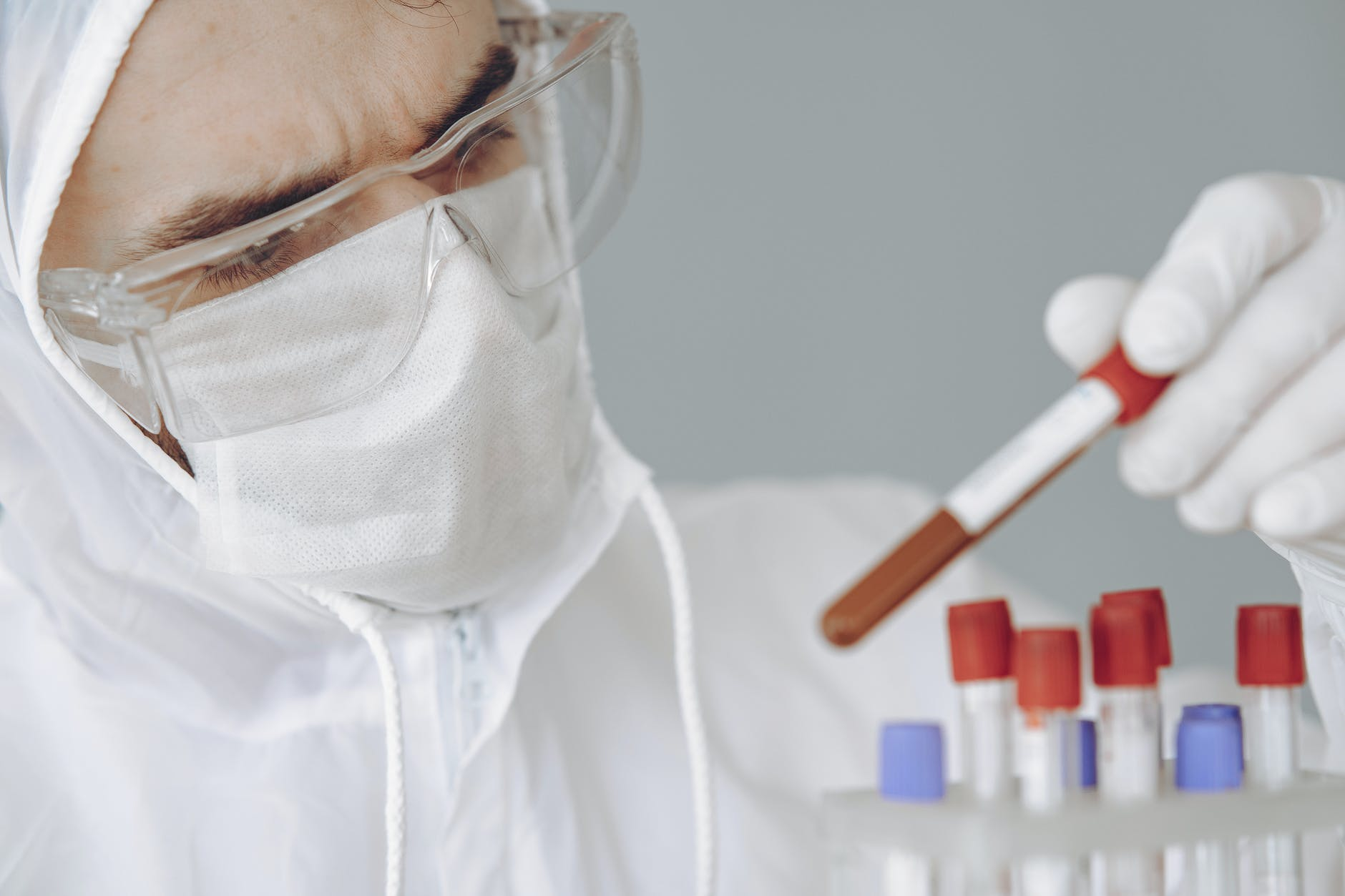Sometimes, the importance of a scientific discovery isn’t understood until many years after the fact. Consider, for example, the gap between understanding DNA markers and being able to test them in forensics. Suddenly, cases that had been cold for years were getting connected and solved seemingly overnight.
Exosomes are one of those discoveries, the importance of which was overlooked for decades. Here’s what you need to know about the exosome discovery and how it’s being used in medicine today.
Exosome Discovery
Exosomes were initially discovered in 1983. In a strange coincidence, they were noticed in two separate labs in Canada and the United States within weeks of one another. The scientists involved noticed these tiny vesicles being emitted from red blood cells into the extracellular space between.
These vesicles— coined as exosomes two years after their discovery— were considered the equivalent of cellular waste bags for nearly a decade. Thus, they weren’t given much thought, let alone the focus of increased study.
Initial work in the area of exosomes didn’t ramp up until the mid-90s, with critical discoveries taking place in the 2000s. The most recent decade of studies showed exosomes for what they are— crucial components of intracellular communication and an essential component of pathogenesis.
The Importance of Exosomes
Scientists now understand that exosomes are an effective precursor of disease, and act as a primary method of early disease detection. As such, they’re being studied in-depth to explore their potential in improving prognoses in neurodegenerative diseases and cancers.
Alzheimer’s is one key area of focus when looking at the relationship between neurodegenerative diseases and exosomes. Exosomes play an integral role in the development of neurofibrillary tangles. Furthermore, they have a relationship with the production of beta-amyloid, as well as clearance and accumulation. Scientists are studying how they can use this information to slow Alzheimer’s-related degradation.
Exosomes also play an essential role in non-invasive cancer screening. Using Exosome Isolation Kits can identify the presence of cancer-specific biomarkers with a simple urine test. As such, exosome research has the potential to increase accessibility to cancer prescreening, resulting in faster diagnoses. Exosome isolation and “liquid biopsies” have resulted in significant strides in the diagnosis and management of prostate cancer, in particular.
Challenges with Exosome Testing
The main challenge scientists face with exosome testing is that the field of study is largely in its infancy. Significant strides in this area weren’t made until the very recent past. While there are functional applications in place (diagnosing prostate cancer, for example), there’s plenty that’s still yet to be understood. It could take another decade before the true potential of exosome testing is realized.
Current isolation methods include:
• Density Gradient Centrifugation
• Ultracentrifugation
• Chromatography
• Magnetic Bead Immunoassay
• Polypolymer Precipitation Method
There are pros and cons to each method of isolation that vary depending on the intended use. The overarching concerns when isolating exosomes for practical use and treatment beyond diagnostics is maintaining the quality, time efficiency, and procuring large quantities.
Ultracentrifugation (AKA, the pelleting method) is the most commonly used isolation method for studying exosomes due to its simplicity, accessibility, and high success rate. However, ultracentrifugation can be time-consuming and yield inconsistent results. Purity in extraction is the most significant challenge faced when trying to advance this field of study.
The Future of Exosome Studies
Needless to say, scientists have only just brushed the surface of the potential of exosomes.
There are studies lined up to evaluate how they can be used in immunology and vaccine development. Exosomes are being looked at as a potential biomarker for cardiovascular diseases. These nanovesicles are messengers that carry important information about every part of the body and could revolutionize the medical world.




